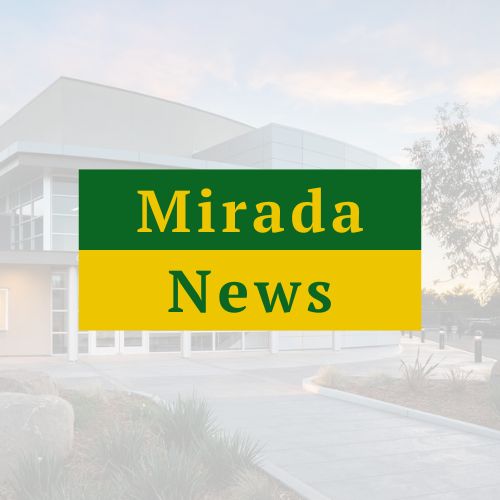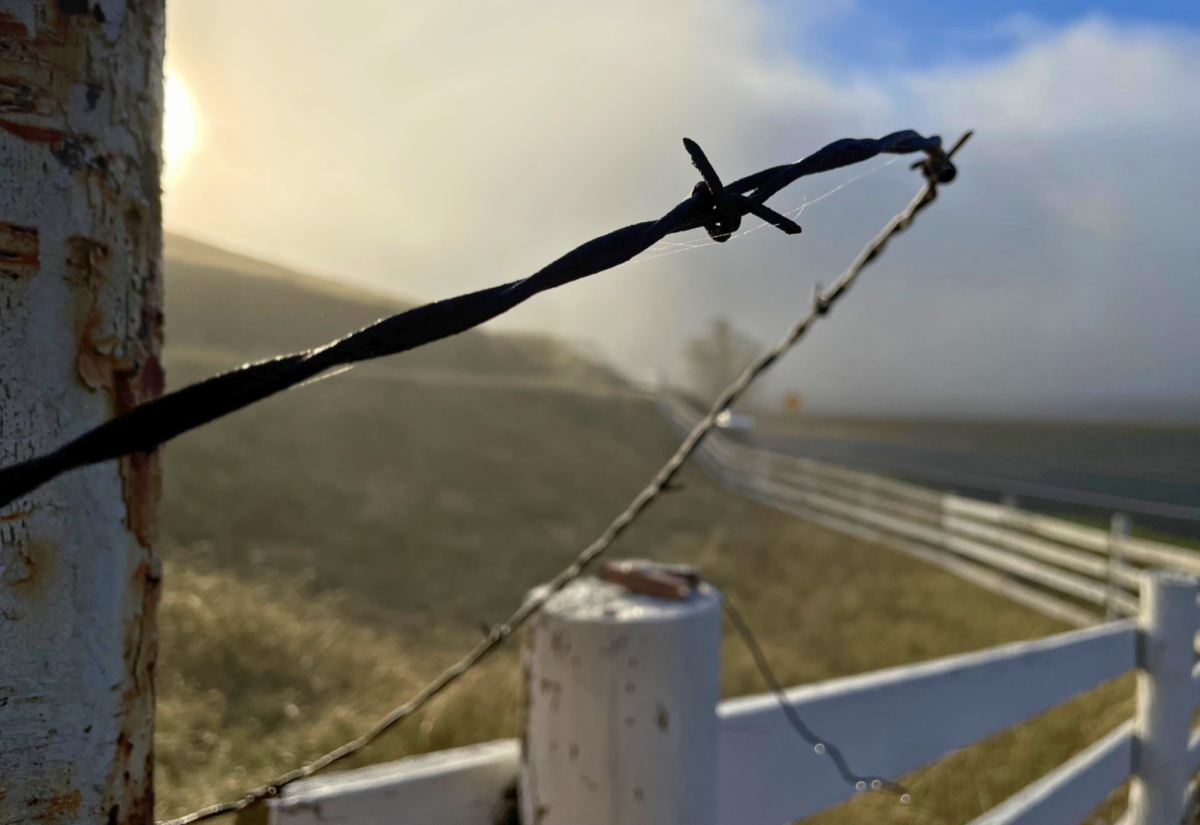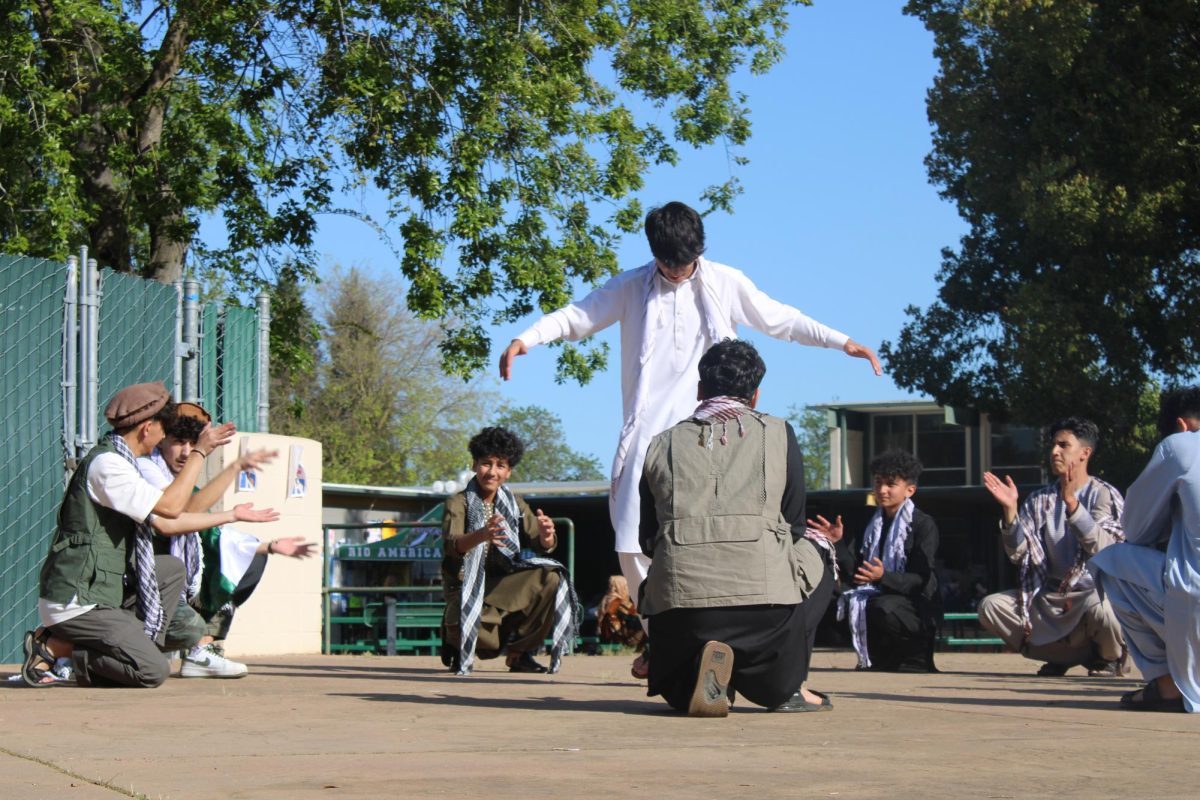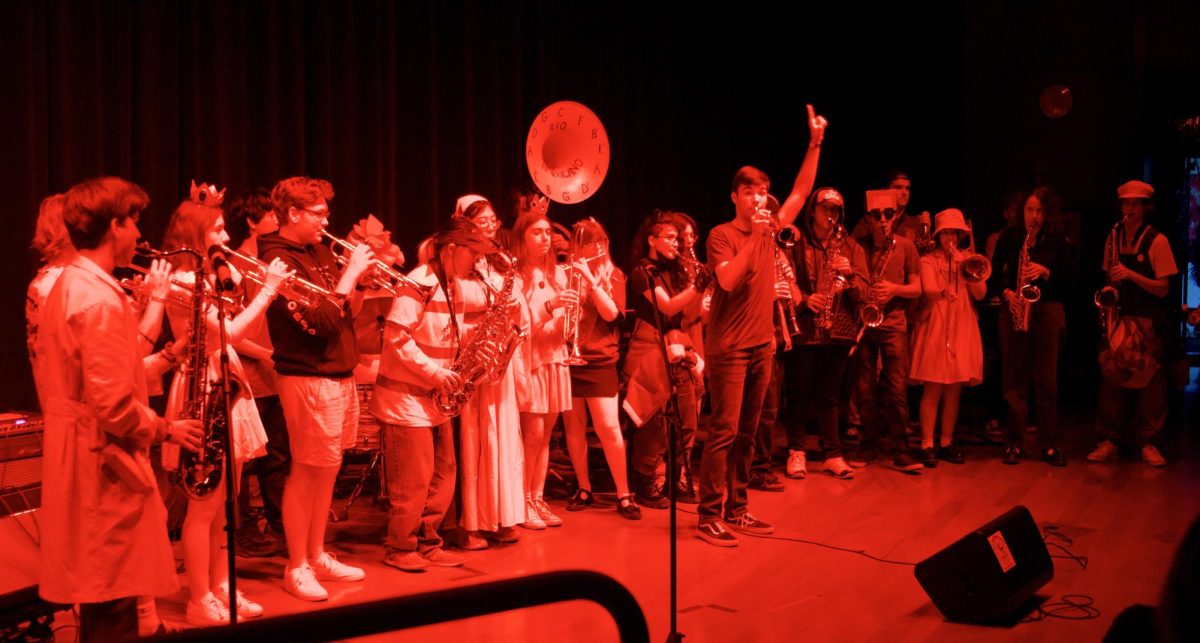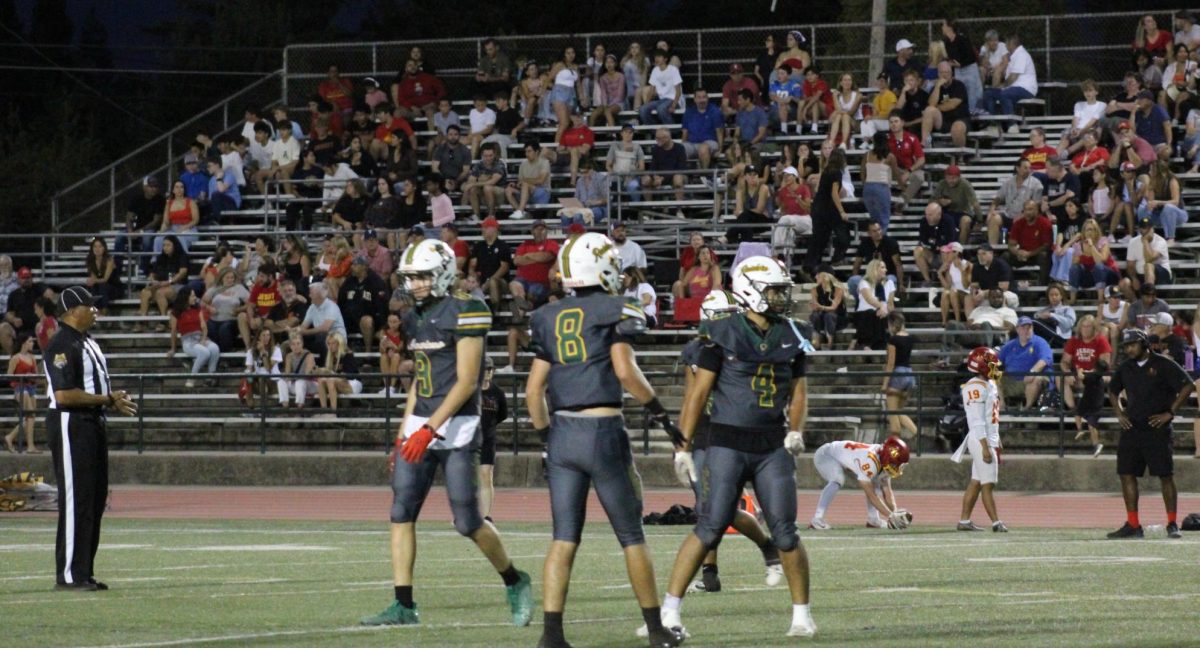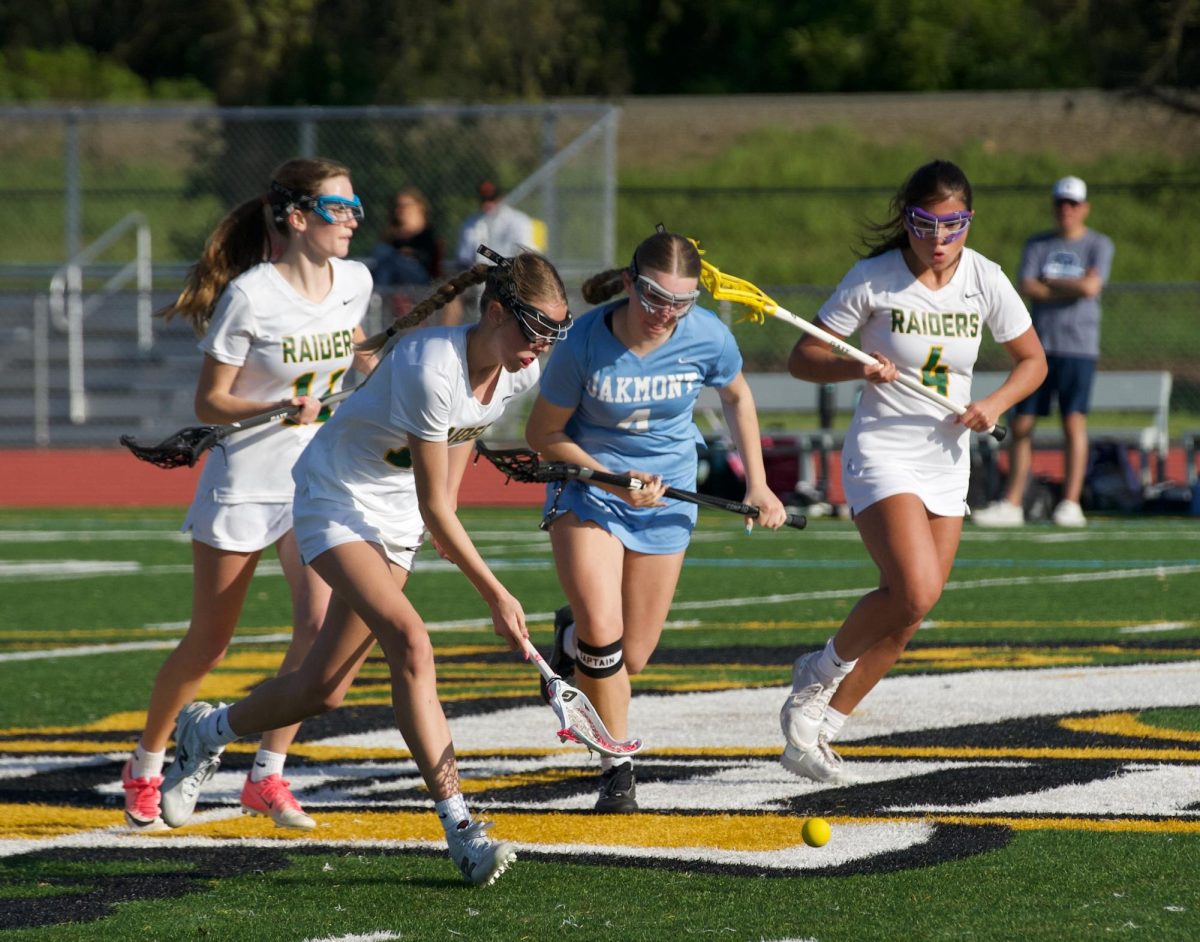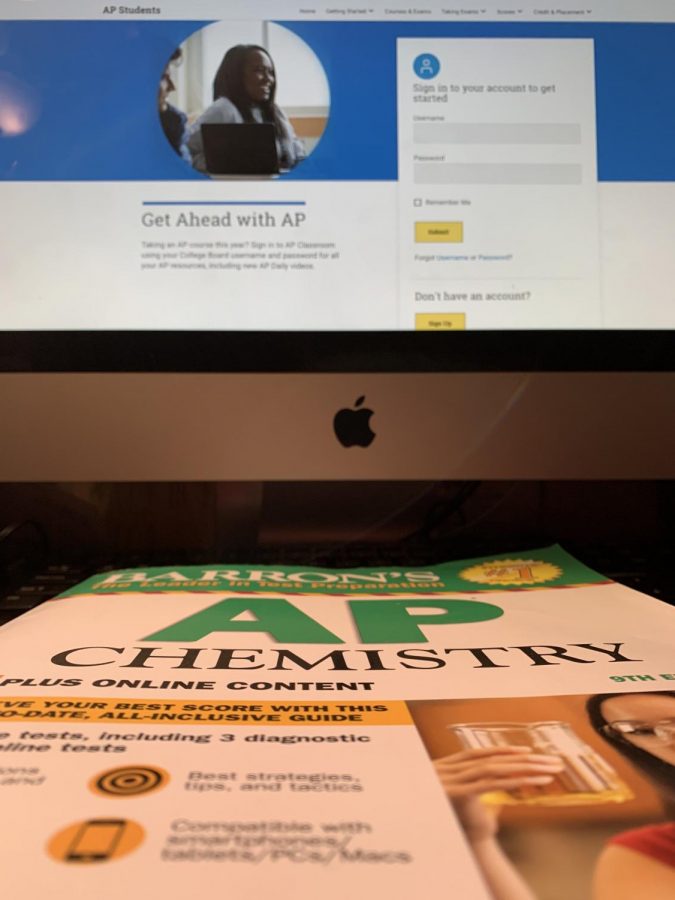The state of California is considered a biodiversity hotspot. Deserts, mountains, beaches and forests can all be found here. However, climate change has threatened much of the state’s —and the world’s—access to nature. California faces several challenges in particular; the rise of longer, more extreme droughts has also increased the risks of wildfires, and stronger winds and storms have been causing more damage. Education on the environment and climate change is more important than ever.
AP Environmental Science teacher Alexis Paulus said he hopes to encourage his students to be aware of the urgency of climate change.
“[Education on the environment] is critical to stopping or slowing climate change,” Paulus said. “People that are my age, in their 50s, people that are in their 30s, they’re going to be involved in solving the problem, but this is going to take a couple generations to solve.”
While biology and chemistry classes cover some topics relating to the environment and biodiversity, an environmental science class allows students to further understand climate change and potential solutions.
Classes like environmental science can have immediate impacts on the students and their behavior.
“I had a student at a football game come up to me about a month ago saying that this is the favorite class they ever took,” Paulus said. “They have quit eating beef, they’re checking labels for palm oil, they’re paying attention to the news, they’re looking things up that they find concerning or contradicting.”
Paulus also recognized that, although there are small-scale changes we can make as teenagers, such as diet changes, it’s much more important to live our adult lives responsibly.
Many students are also involved in clubs and projects relating to the American River Parkway and other local environmental issues.
For example, seniors Katie Hickey and Charlotte Ponder have started a chapter of the Save the American River Association at Rio, holding meetings teaching students about the Parkway, recent projects that threaten it and what students can do to combat these threats.
“I started the Save the American River High School Charter in order to connect students with volunteer opportunities and information about local sustainability efforts,” Hickey said. “It’s so important to remain aware of the issues facing our communities, as too often environmental damage occurs because people don’t know what is happening.”
The most recent meeting included a presentation about a native species of squirrel, as well as a United States Army Corps of Engineers project to prevent erosion along the river. The issue with this project is that the current plans include the removal of over 500 trees along the impacted parts of the parkway. In the meeting, Ponder showed attendees the form through which they can sign a petition against the continuation of this project.
Another club at Rio working to help environmental education is the Plant It Wise Club. This club is working with the California Native Plant Society to design native plant beds at Rio. A recent work day involved the preparation and planting of native plants in the courtyard of the B wing at Rio.
“While some students understand the negative impacts of invasive species, fewer know of the benefits of maintaining natural spaces full of native plants,” Plant it Wise Vice President Elena Carissimi said. “It’s really important to teach people solutions instead of just pointing out the problems.”


